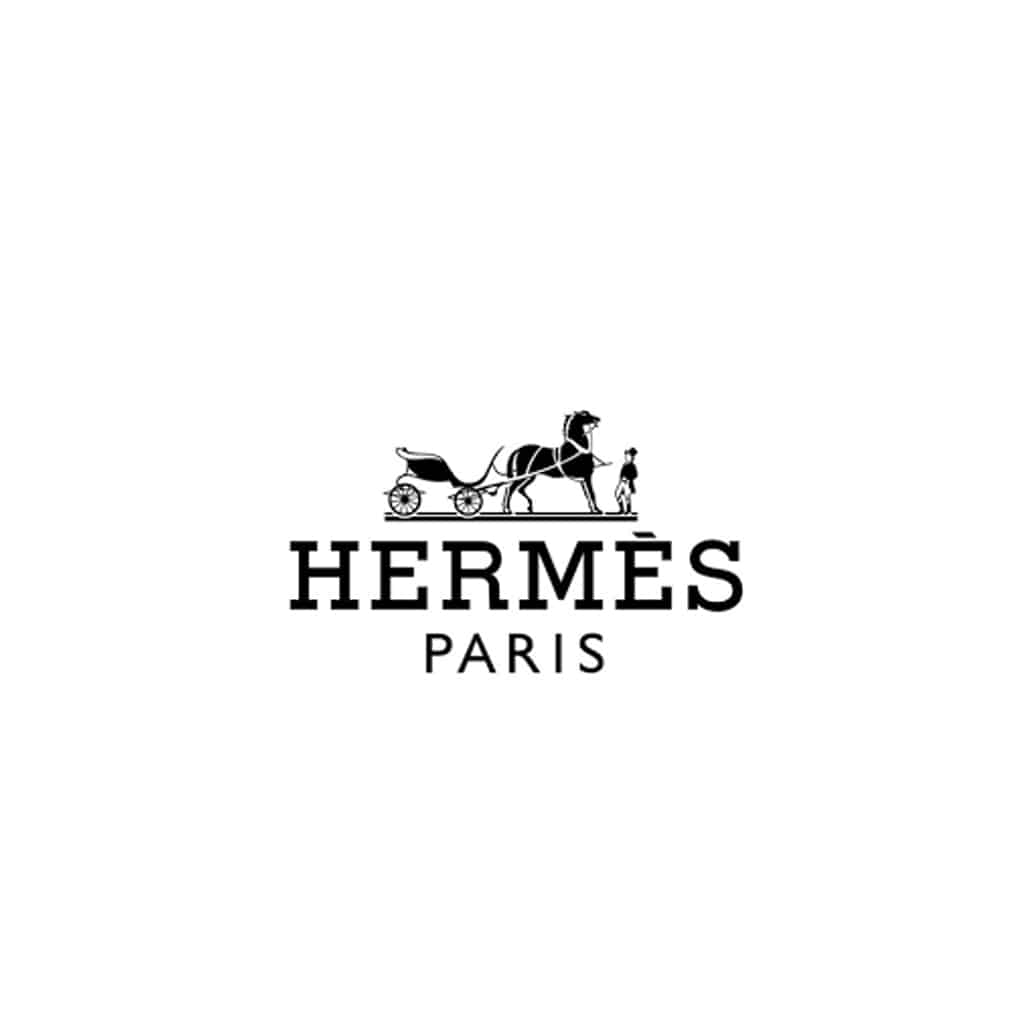Construction of an energy-positive leather goods factory

Hermès is building the first positive energy leather goods factory in Louviers (Normandy).
Main project's drivers for reducing the greenhouse gas (GHG) emissions
Energy and resource efficiency
Energy Decarbonisation
Energy efficiency improvements
Improving efficiency in non-energy resources
Emission removal
Financing low-carbon issuers or disinvestment from carbon assets
Reduction of other greenhouse gases emission
Project objectives
To offset the energy consumption of the new leather goods factories from the point of view of the electricity grid and to reduce the associated CO2 emissions. This 20th leather factory will not use any fossil energy for its operation and will generate at least as much energy as it consumes.
The environmental responsibility of Hermès is asserted in the construction of this building, which will be positive energy (energy consumed<energy produced). The building is partially self-consuming and the surplus electricity is fed into the grid.
Most Hermès leather goods factories use natural gas and electricity for their processes and to produce heat and cold, or domestic hot water. Recent buildings mainly use electricity or renewable energy, but have not yet reached the Positive Energy objective. The Maroquinerie de Louviers aims to achieve this target as well as the french E4C2 label (energy performance and greenhouse gas reduction).
This 6,400 m2 bioclimatic building, designed to make the most of its location and environment, is made up of triple row north-facing sheds that will provide natural and stable light, reducing energy requirements. Analysis of natural flows (wind, rain and sun) has enabled the architect to significantly reduce heating and cooling requirements.
In order to preserve the biodiversity of the site, most of the trees will be kept in the gardens and others will be planted.
Since 2015, Maison Hermès has developed a Sustainable Construction Standard based on 5 pillars:
- Controlling the carbon impact,
- Biodiversity balance,
- Air quality
- Environmental quality.
- Local sourcing.
It is reflected in the quality of our spaces and the well-being of our employees and craftsmen.
The Louviers project will be the group’s first positive energy building, with the objective of achieving the french E4C2 label (including process energy/water consumption).
Emission scope(s)
on which the project has a significant impact
- Emission scopes
- Description and quantification of associated GHG emissions
- Clarification on the calculation
Scope 1
Direct emissions generated by the company's activity.
Scope 2
Indirect emissions associated with the company's electricity and heat consumption.
Scope 3
Emissions induced (upstream or downstream) by the company's activities, products and/or services in its value chain.
Emission Removal
Carbon sinks creation, (BECCS, CCU/S, …)
Avoided Emissions
Emissions avoided by the activities, products and/or services in charge of the project, or by the financing of emission reduction projects.
Scope 2 – Removal of fossil fuel sources :
- Quantification : 24tCO2eq/year
Avoided Emissions :
- Quantification: 242 tCO2eq/an
The construction of this leather goods factory does not replace an existing one. Its construction does not therefore result in a reduction in CO2 emissions. However, it is a model that Hermès wishes to replicate. In this sense, the above calculations were made in comparison with the construction of a traditional leather goods factory with the same characteristics.
- Pre-Project: mix use of Gas + Electricity: average emissions 266 tCO2e /year (average of scopes 1+2 emissions of 5 leather factories)
- Post-Project: estimated emissions:
- Scope 1: 0 tCO2e /year
- Scope 2: 24 tCO2e/year
- Avoided emissions: 242 tCO2e/year
Key points
Invested amount
Between 15 and 30 M€
Starting date of the project
September 2020
Project localisation
Louviers, Normandy
Project maturity level
Prototype laboratory test (TRL 7)
Real life testing (TRL 7-8)
Pre-commercial prototype (TRL 9)
Small-scale implementation
Medium to large scale implementation
Economic profitability of the project (ROI)
Short term (0-3 years)
Middle term (4-10 years)
Long term (> 10 years)
Illustrations of the project
This project contributes to the following SDGs:
- SDG 7 Clean and affordable energy: by eliminating all sources of fossil fuels and allowing the building to be self-consuming;
- SDG 8 Decent work and economic growth: by providing new jobs in this energy positive leather goods factory;
- SDG 11 Sustainable cities and communities: by rehabilitating a brownfield site;
- SDG 13 Measures to combat climate change: by achieving the objective of an energy positive leather goods factory (energy consumed < energy produced), the Maroquinerie de Louviers also aims to obtain the E4C2 label (energy performance and greenhouse gas reduction).
All future Hermès leather goods projects are carried out with this experimentation in mind.
The 511,000 bricks in the building are manufactured by a local company. The site was chosen in collaboration with the Communauté d’agglomération and allows for the rehabilitation of an industrial wasteland.
Contact the company carrying the project :
erwan.dufresne@hermes.com

